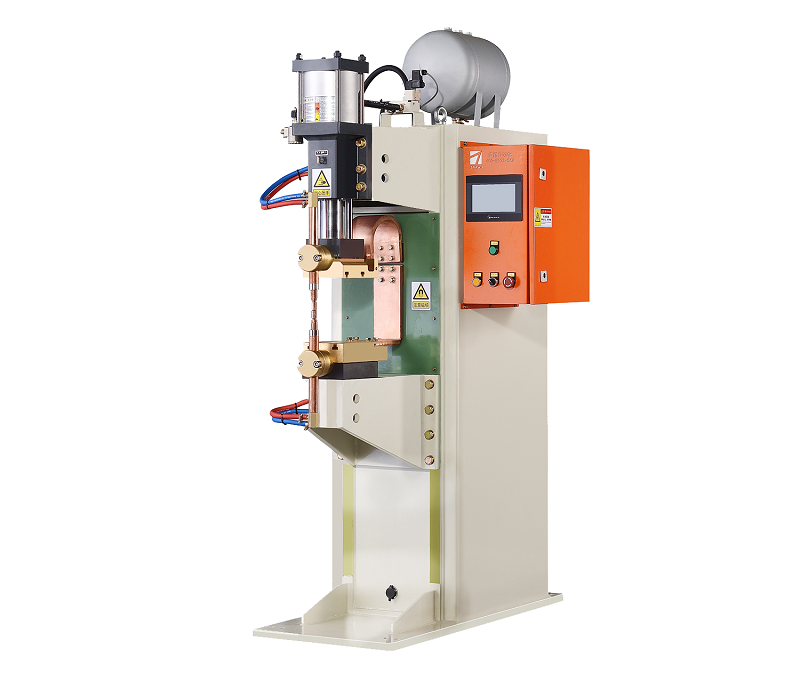Causes of Unstable Current in Medium Frequency Spot Welding?
Unstable current during medium frequency spot welding can lead to inconsistent weld quality and compromised joint integrity. Identifying the underlying causes of this issue is essential for maintaining the reliability and efficiency of the welding process. This article delves into the reasons behind unstable current in medium frequency spot welding and suggests ways to address them.

Causes of Unstable Current:
- Electrode Contamination: Accumulated debris, oxidation, or foreign particles on the electrode surfaces can disrupt the electrical contact and lead to erratic current flow. This contamination can result from inadequate cleaning or improper storage of electrodes.
- Poor Electrode Alignment: Misaligned or unevenly contacting electrodes can create uneven electrical resistance, causing fluctuations in current. Proper alignment and uniform electrode contact are critical for stable current flow.
- Inconsistent Material Thickness: Welding materials with varying thicknesses may result in inconsistent electrical resistance, leading to fluctuations in current as the electrode tries to maintain a stable weld.
- Power Supply Issues: Problems with the power supply, such as fluctuations in voltage or inadequate power delivery, can directly impact the stability of the welding current.
- Faulty Cable Connections: Loose, damaged, or corroded cable connections can cause intermittent interruptions in the current flow, leading to unstable welding conditions.
- Cooling System Problems: An inefficient or malfunctioning cooling system can lead to overheating, affecting the conductivity of the materials and causing current instability.
- Electrode Wear: Worn or damaged electrodes with reduced surface area and conductivity can result in uneven current distribution, affecting the weld quality.
- Worn Transformer Components: Over time, components within the welding transformer can wear out, leading to variations in the electrical output and subsequently unstable current during welding.
- External Interference: Electromagnetic interference from nearby equipment or electrical sources can disrupt the welding current and cause fluctuations.
Addressing Unstable Current:
- Electrode Maintenance: Regularly clean and dress electrode surfaces to ensure proper electrical contact and conductivity. Store electrodes in a clean and dry environment.
- Electrode Alignment: Ensure proper alignment and uniform contact of electrodes to minimize variations in electrical resistance.
- Material Preparation: Use materials with consistent thickness to avoid fluctuations in electrical resistance.
- Power Supply Check: Verify the stability of the power supply and address any issues with voltage fluctuations or power delivery.
- Cable Inspection: Regularly inspect and maintain cable connections to ensure they are tight, clean, and free from damage.
- Cooling System Maintenance: Keep the cooling system well-maintained to prevent overheating and maintain consistent material conductivity.
- Electrode Replacement: Replace worn or damaged electrodes to ensure proper current distribution.
- Transformer Maintenance: Periodically inspect and maintain the welding transformer components to prevent wear-related issues.
- EMI Shielding: Shield the welding environment from electromagnetic interference to prevent disruptions in current flow.
Unstable current during medium frequency spot welding can arise from various factors, ranging from electrode issues to power supply irregularities. Addressing these causes through proper maintenance, alignment, and consistent material preparation is crucial for achieving reliable and high-quality welds. By understanding and mitigating the factors that contribute to unstable current, manufacturers can ensure consistent performance and produce welds that meet the required standards of strength and quality.